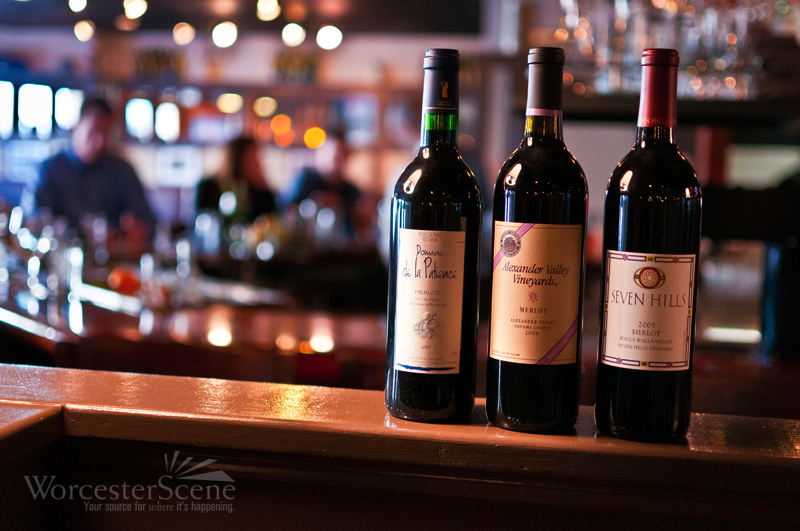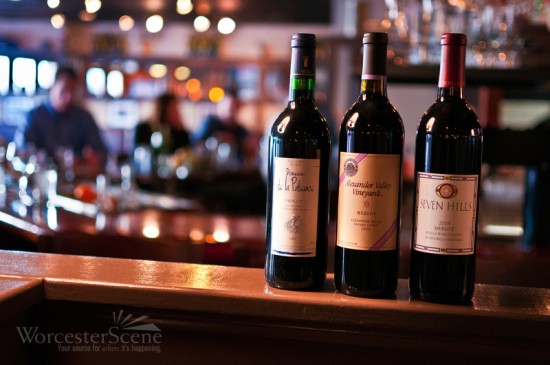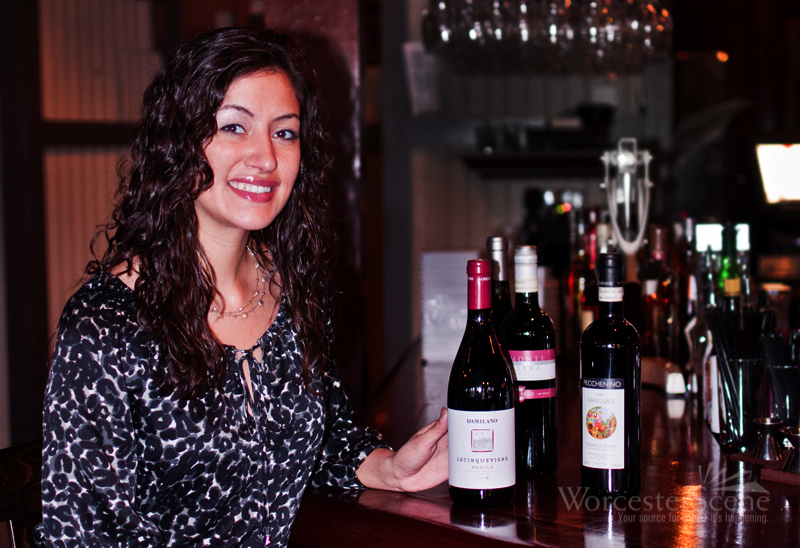
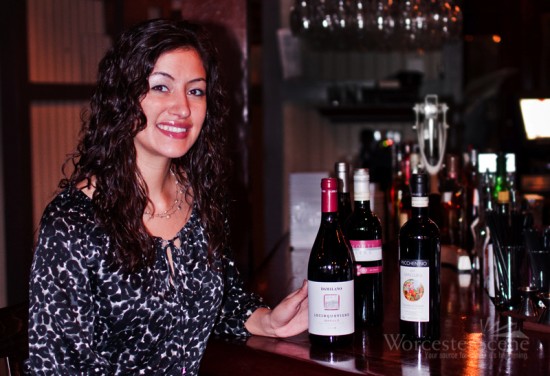
Italian wines have often been a household favorite, held near and dear to the consumers that love drinking them. Italians love to eat and they love to drink good wine with every meal. They go hand in hand, and there is never one without the other. So naturally, Italians make their wines to retain vibrant acidity, which is the key to pairing food and wine. This relationship of food and wine is a way of life for them, and something they don’t take lightly. This passion is expressed through winemaking excellence, creating some of the most exquisite wines in the world, some that rival even the finest Burgundies and Bordeauxs.
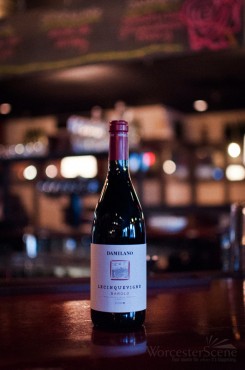 Tuscany has received fame and widespread notoriety for their traditional age-worthy treasures, as well as their innovative wine-making styles presented in the form of Super Tuscans. One region that is lesser known, but just as worthy of attention is Piedmont, located in the northwest corner of Italy, at the foot of the Alps.
Tuscany has received fame and widespread notoriety for their traditional age-worthy treasures, as well as their innovative wine-making styles presented in the form of Super Tuscans. One region that is lesser known, but just as worthy of attention is Piedmont, located in the northwest corner of Italy, at the foot of the Alps.
Piedmont, literally translates to “foot of the mountain”, specifically the Alps and the Apennines. There are also several rivers that run through this winegrowing region, which moderate the hot summer temperatures and also create a valley floor full of hillsides. It is on these south-facing hillsides that all the vineyards are planted, because they provide good draining and ample sunlight. Aside from the ideal climate for the native varietals that the region is known for, it is the passion of the Piemontese winemakers that makes these wines so impressive. It’s very rare that the earnestness, honesty and integrity of a winemaker is so distinctly expressed in a wine, that you can actually taste it. If tasting honesty in a wine seems like an absurd notion, you will have to just try one of the following.
As with all Italian winegrowing regions, there are many indigenous varietals in Piedmont. However, the most important are Nebbiolo, Barbera, Dolcetto, and Moscato. Nebbiolo is the thin-skinned, high acid and high tannin grape that makes the national treasures, Barolo and Barbaresco. Appropriately nicknamed “the king and queen of wine,” these wines are powerful and austere, but have a refined elegance, with notes of strawberry, chocolate, rose petal, tobacco, spice box and white truffle. Barbera is not quite as powerful, but it is just as important, and its style can range from simple to serious. It is medium-bodied, dark in color and very low tannin, creating a juicy wine with high acid, and notes of red and black cherry, cranberry, raspberry and spice. Dolcetto is darker and more brooding with ripe black fruit notes, black pepper and a smokiness that goes well with its rich texture. The last honorable mention is Moscato, the varietal used to make Moscato d’Asti, a frizzante or slightly sparkling wine, which is once again, the hot trend in the wine world. Understandably so, it is just so delicious, with its peach and floral notes, natural sweetness, and enough racy acidity to balance that sweetness.
As mentioned before, these wines were made to drink with food. Whether you are pairing a Barolo with hand-made meat ravioli in a delicate cream sauce, or having a glass of Barbera with your favorite brick-oven pizza, you are in for an unparalleled food and wine experience. Italians believe that good food matched with good wine are a necessity and they must be shared with good company. We share the same philosophy at The Citizen, and want to invite you to indulge in the fine, yet simple things in life. It will certainly be an affair to remember.

